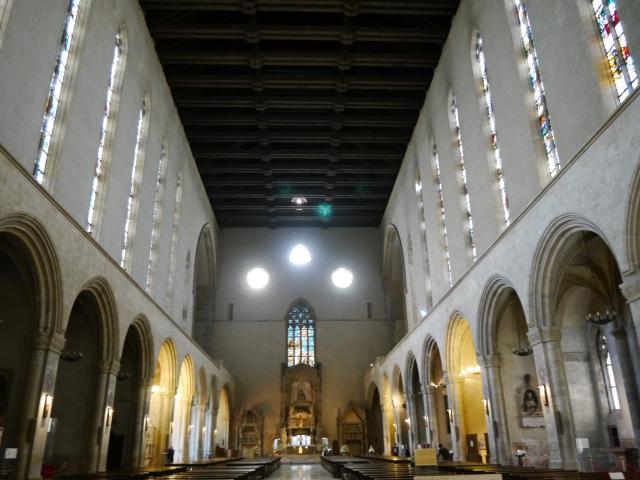Monumental complex of Santa Chiara

Its church became the pantheon of Neapolitan royalty and nobility.
The monumental complex of Santa Clara, which includes the church, the monastery and the convent, was built between 1310 and 1328 at the request of the monarch Roberto D'Anjou and his wife Sancha de Mallorca. The sovereigns, both devotees of Saint Francis of Assisi and Saint Clare, wanted to build a Franciscan citadel that would house the Poor Clares in the monastery and the friars in an adjacent space.
The idea was to dedicate this place to the pantheon of the sovereigns and since then it became the church of royalty and the Neapolitan nobility.
The Gothic-style church, the central core of the complex, was built with the title of Holy Ostia or Sacred Body of Christ, a dedication suggested by the Eucharistic Miracle of Bolsena, which took place in 1264. Its name was changed to Santa Chiara due to the large number of Poor Clares present in the monastery.
Most of the works relocated inside the church are from the 14th and 15th centuries, among which the tombs of King Robert (1343), Maria de Valois (1331) and Charles, Duke of Calabria (1333) stand out. Those of María Cristina de Saboya, first wife of Fernando II (1836) and Felipe, eldest son of Carlos de Borbón, who died in 1777, are preserved from a later period.
The cloister of the Poor Clares was transformed into a secular rustic garden in 1739, fully decorated with period tiles.


